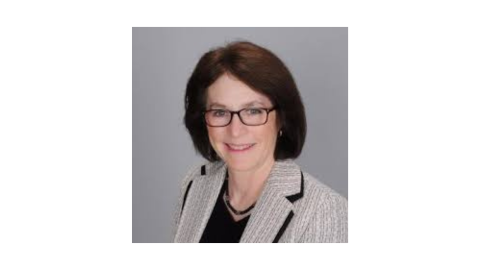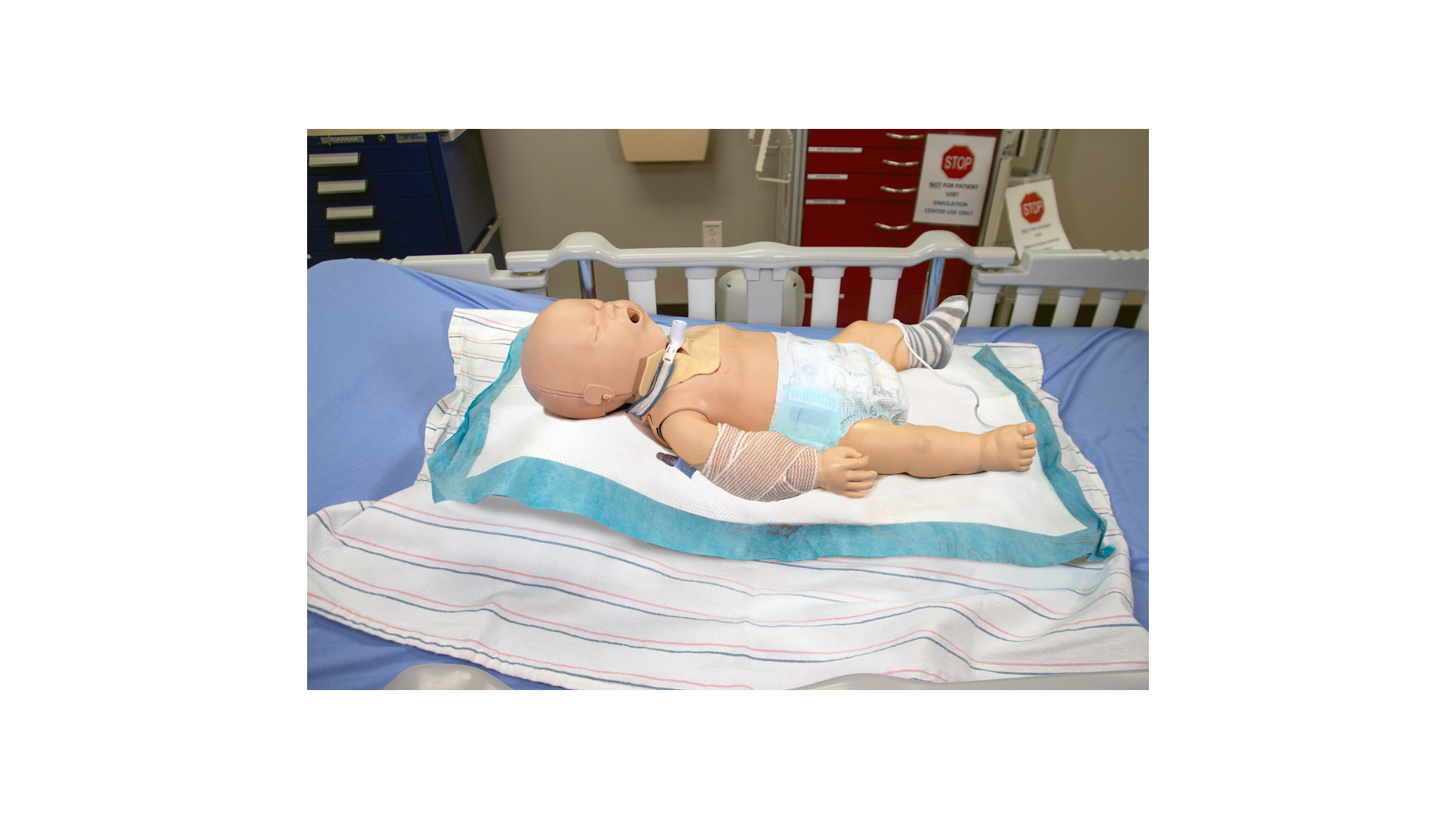Innovations in Wound Dressings: What is the Impact on Patients?
September 1, 2024
© 2024 HMP Global. All Rights Reserved.
Transcription:
Hi, I'm Cathy Milne. I'm an adult wound care nurse practitioner. I practice in Connecticut across the continuum through Connecticut Clinical Nursing Associates. And so I see patients in acute care, long-term care, outpatient, let's see, nursing homes, assisted living, and I make house calls to the truly homebound.
So I guess the question really is, what is the gold standard? Because if you're an Egyptian, your gold standard was lint for absorption and pine sap and honey for wound healing and animal grease to put over the wound to keep the bacteria out. And if you were Greek back in the ancient days, you probably added a little wine for some or acetic acid, really, for bacterial control and wound hygiene because they really understood wound hygiene. Fast forward to more modern times, 1962, Dr. Winters really came up and proved scientifically that moist wound healing is the way to go. So if you think about how the gold standard changes over time, what is the current gold standard? Moist wound healing with wound hygiene. And you have to sequester bacteria and inflammatory biomarkers.
Modern wound care, when Dr. Winters came up with this, actually started when the industry and scientists said, hey, I think there are some industrial things that we’re using that we could apply to the medical field. And so hydrocolloids were the first really moist wound healing dressings that came out. Others came along and said, I think we can do better than this. There were problems with hydrocolloids. One, there was a terrible odor. it was occlusive, and new science found that foams were semi-occlusive and actually improved wound healing. So it's really science that changes the gold standard; as we learn more, the standard changes. So we went from hydrocolloids to foams. And now you're really seeing super absorbents being probably the new gold standard. We haven't really adopted this very well in the US, but Europe has, and we should be thinking more like Europe. The super absorbents have really good data, and they do the things that we want them to do in terms of topical wound management.
Oh, gosh, there's so many new dressing technologies out there. The question is, so there's those that have sensors in them so we can monitor the wound temperature and the pH and drainage and bacteria and all those great things. The thing is, can any of us afford them? Can they get through our system, through the FDA and then through CMS for reimbursement? These things are great. They show great promise. However, will the everyday person, like you and I, be able to use them at bedside? So when we're thinking about technical benefits, we really still haven't accomplished some of our basic goals that we need for wound care, which is to identify the barriers, put our wounds in balance, and go forward. And we can do a lot of that with some of the advanced wound dressings that we have, such as super absorbents that are already available on the market.
So one of the things about the technologies that we see in the modern wound dressings, and some of them are better at it than others, is clearly we need to have dressings that increase patient engagement. We want patients to help care for themselves. We don't want to be the ones in their home, in the long-term care setting, in their assisted living, watching over them and telling them what to do. If they can tell us, hey, my dressing needs changing, or this is working, or this this isn’t working, then it’s a better team effort. Because we know that we have to get our patient engaged to heal better. So, that’s number one.
Second of all, you have good technology and I always, and I'm sure people have heard me talk about dressing construction. The way dressings are constructed make all the difference, because if you have a dressing that's constructed well, even though it may have the same materials as all the other dressings out there, if it's not put together right, it really isn't going to be good for the patient, and it's not going to be good for us. Because what we want is a technology dressing that's going to reduce the number of visits while also not hurting the wound and perhaps ideally benefiting the wound. And that would be through absorbing the exudate, reducing odor, because the worst thing that the patient, the patients don't want to have leaky socks, leaky bed clothes, they want to be able to go out. Just for short visits, even. They want to maintain some type of connection with the outside world. And if your dressing doesn't allow them to do that because they're afraid it's going to leak or smell, then you've already lost them. So you need to use technology appropriately.
And then, you know, when you have that good dressing, you improve their quality of life. And when you have improved their quality of life, they actually will produce chemicals like endorphins that will actually improve wound healing. So, we really want to encourage that, but we also want to have dressings that don’t have any pain, or reduce the pain, because if you think about it, pain is very wearing. It actually causes people to snap at their loved ones, and it also increases their uses of narcotics. And narcotics cause a whole bunch of different issues, one of which is that we do know that opioids will slow wound healing. So that's number one. But it changes their appetite so they don't eat as well ,and they don't sleep as well. And then they get constipated. And then they could fall. So there are all these other things we now have added on just because we don't have the right dressing in place.
We really need to kind of balance the wound. We call it wound balance. But it's really balancing the patient, balancing the wound, and then balancing the clinician and the setting. So, how do you go about doing that? So, again, the right dressing helps balance the wound. It sucks up that excessive exudate. It binds the MMPs. You can actually look at some of the dressings and you should be asking your salespeople about the biomarkers that they have extracted during their scientific evaluation of their wounds. What kind of MMPs are in there? Are they retained even though you might squish on the dressing or are they coming back out? So those are some of the things that you really should be looking at.
The other thing is, you know, are you taking those matrix metalloproteinases and other inflammatory mediators and binding them also in that dressing? Again, you don't want them to, you know, be able to go back into that wound bed. So a lot of these, when you think about it, are under compression. And so you need to be asking data about what are the sub-bandage pressures, how does compression affect that? Because when you wrap these up, then you could put that wound out of balance if you’re, a. not addressing the underlying issue, or b. taking all the things that are bad in that wound and compressing them back into that wound bed.
So that’s important. But we also want to balance the patient. We're never going to get somebody's hemoglobin A1C from 13 down to 6 in 2 weeks, right? But we have to start moving towards optimizing the patient. And it doesn't happen overnight. They have to quit smoking. They have to manage their blood sugars. They have to walk more. They have to elevate their legs. They have to actually change behaviors. And the people around them have to change behaviors, too. Their loved ones. They may have to shop differently. They may have to make other different concessions like help the patient put on a stocking. So it's really balancing that environment.
So I know we're worried about social determinants of health, and I think they're very important, but we also have to focus and balance that patient on an individual basis. And so we have to balance patient care too. We as providers are often plugged into these 10-minute, 15-minute, 20-minute slots that we have to see the patient. We have to empower ourselves to say to our scheduler or to our employer, hey, look, this patient needs 40 minutes because I need to do X, Y, Z. So we have to balance our own way of patient care.
The views and opinions expressed in this content are solely those of the contributor, and do not represent the views of WoundSource, HMP Global, its affiliates, or subsidiary companies.








